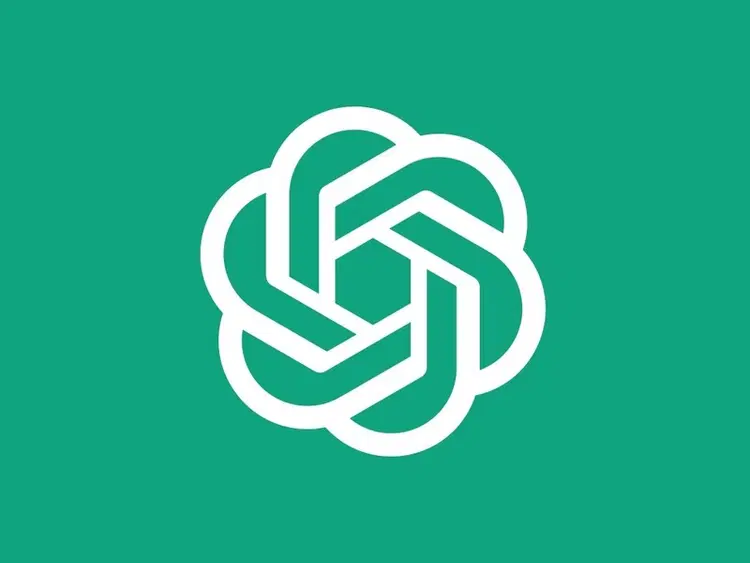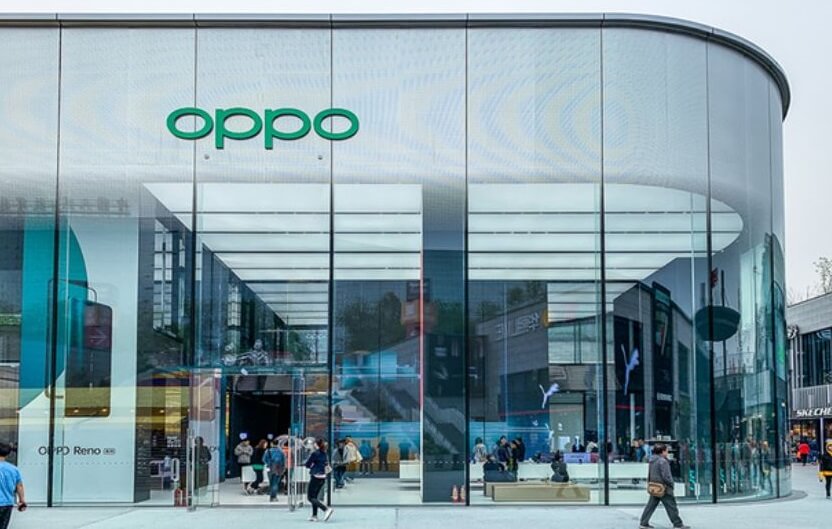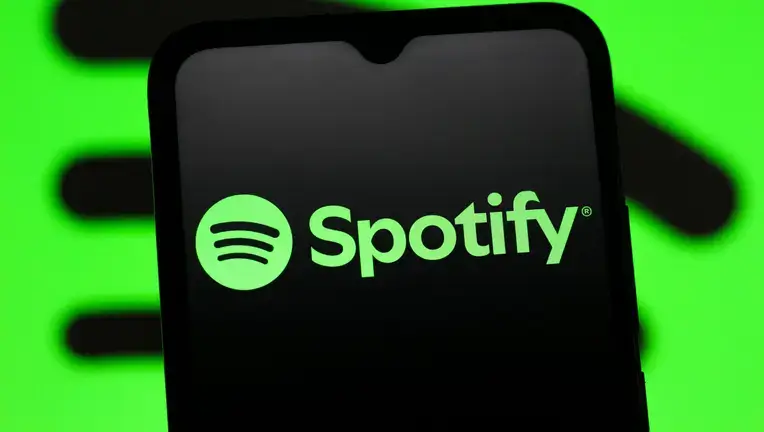OpenAI has recently rolled out significant enhancements to its conversational AI capabilities by integrating advanced GPT-4.1 models into ChatGPT. This upgrade aims to provide users with an improved experience, particularly in areas like coding, instruction following, and long-context comprehension. The GPT-4.1 family includes GPT-4.1, GPT-4.1 mini, and GPT-4.1 nano, each designed to cater to different needs and use cases.
GPT-4.1: A Flagship Model
GPT-4.1 is the premier model in the GPT-4.1 series, designed for users who require the best overall performance across a variety of tasks. OpenAI has optimized it for advanced instruction following, real-world software engineering, and long-context reasoning. It excels in handling complex coding workflows and processing large documents in a single prompt. In benchmarks, GPT-4.1 outperforms GPT-4o in real-world software engineering (SWE-bench), instruction following (MultiChallenge), and long-context reasoning. It is also noticeably better at respecting structure and formatting, making it ideal for tasks that require precise outputs.
One of the most significant improvements in GPT-4.1 is its enhanced coding capabilities. On the SWE-bench Verified benchmark, which measures real-world software engineering tasks, GPT-4.1 achieves 54.6% accuracy, a 21.4% increase over GPT-4o. This reflects improvements in the model's ability to explore a code repository, finish a task, and produce code that both runs and passes tests. GPT-4.1 is also more precise, with extraneous code edits dropping from 9% in GPT-4o to just 2%.
GPT-4.1 Mini and Nano: Efficiency and Speed
For tasks that demand low latency and cost-effectiveness, OpenAI offers GPT-4.1 mini and GPT-4.1 nano. GPT-4.1 mini is the mid-tier option, offering nearly the same capabilities as the full model but with lower latency and cost. It matches or beats GPT-4o in many benchmarks, including instruction following and image-based reasoning. It's fast enough for interactive tools, smart enough to follow detailed instructions, and significantly cheaper than the full model.
GPT-4.1 nano is the smallest, fastest, and cheapest of the bunch. It's built for tasks like autocomplete, classification, and extracting information from large documents. Despite being lightweight, it still supports the full 1 million-token context window. It's also OpenAI's smallest, fastest, and cheapest model ever.
Long Context Comprehension
All three GPT-4.1 models support up to 1 million tokens of context, a substantial increase from the 128,000-token limit in previous versions like GPT-4o. This extended context window allows the models to process large codebases or numerous long documents. OpenAI has trained GPT-4.1 to reliably attend to information across the full 1 million context length, making it far more reliable than GPT-4o at noticing relevant text and ignoring distractors across long and short context lengths. Internal evaluations indicate that GPT-4.1 performs reliably across long-context tasks, such as retrieving and reasoning over dispersed information.
Availability and User Experience
GPT-4.1 and GPT-4.1 mini are now available directly in ChatGPT. GPT-4.1 is accessible to ChatGPT Plus, Pro, and Team users via the "more models" dropdown menu. GPT-4.1 mini replaces the older GPT-4o mini model and is available to all users, including those who use the service for free. GPT-4o remains the default model for free users, but once they hit their daily usage limits, they will fall back to GPT-4.1 mini.
OpenAI is also making GPT-4.1 available to Enterprise and Edu users in the coming weeks. The integration of GPT-4.1 into ChatGPT aims to provide a smoother and more efficient user experience, especially for coding and web development tasks.
Concerns and Criticisms
Despite the performance improvements, some users have expressed concerns about the new models. Some users have reported that GPT-4.1 nano is "lazy," providing only the bare minimum response. Others have noted that the model speaks back to the user in the third person, making it unusable as a chatbot without prompt engineering. There have also been criticisms regarding the rate limits, which some users find too restrictive. Additionally, OpenAI faced scrutiny for allegedly rushing the release of GPT-4.1 without allocating enough time for safety processes, though the company has dismissed these claims. Some users find the plethora of flagship models confusing and frustrating.
Conclusion
OpenAI's integration of GPT-4.1 models into ChatGPT represents a significant step forward in conversational AI. With enhanced coding capabilities, improved instruction following, and long-context comprehension, GPT-4.1 offers a more powerful and efficient user experience. The availability of GPT-4.1 mini and nano caters to a wider range of users, providing options for those who prioritize speed and cost-effectiveness. While some concerns and criticisms have been raised, the overall consensus is that GPT-4.1 is a valuable upgrade that enhances ChatGPT's capabilities, particularly for coding and other complex tasks.




















